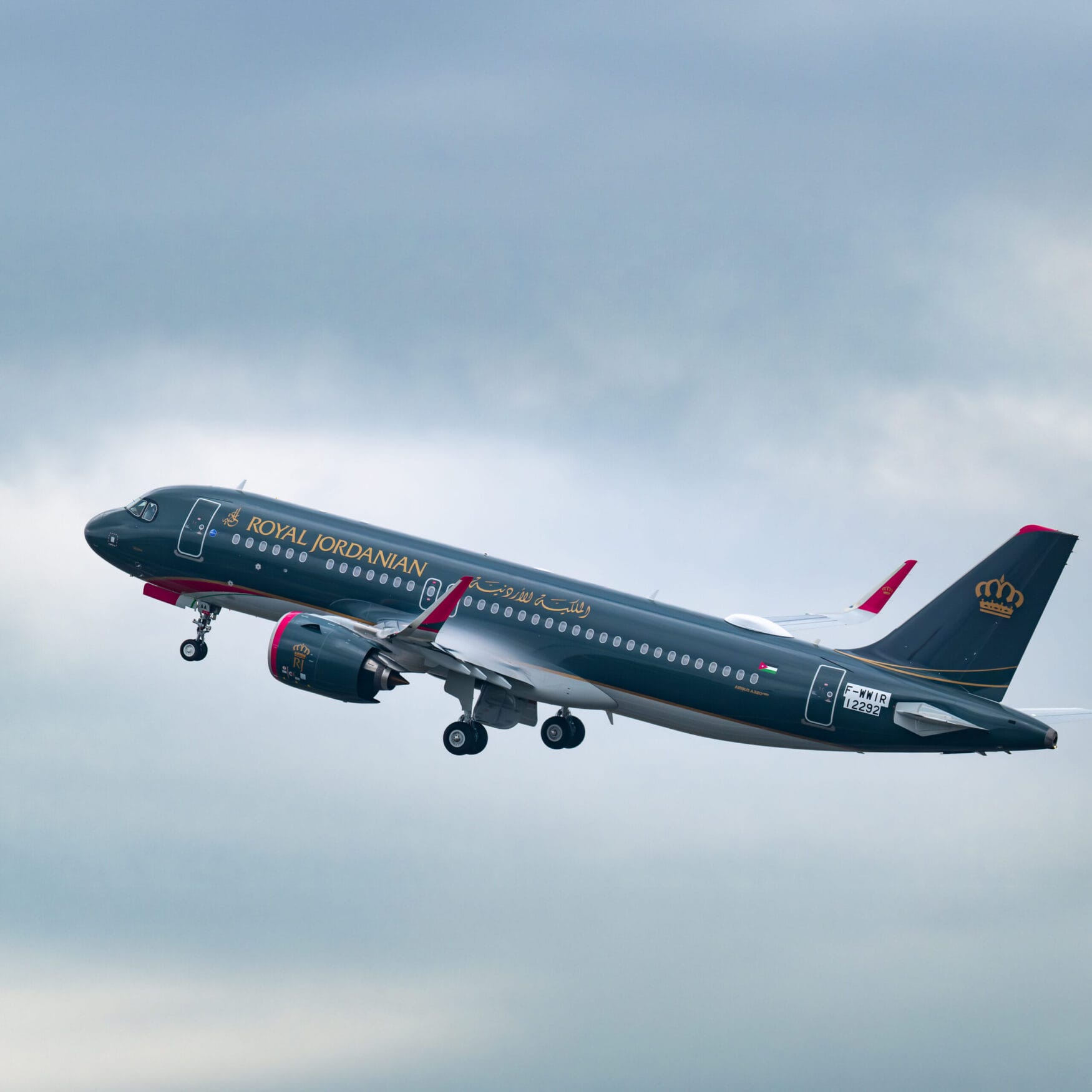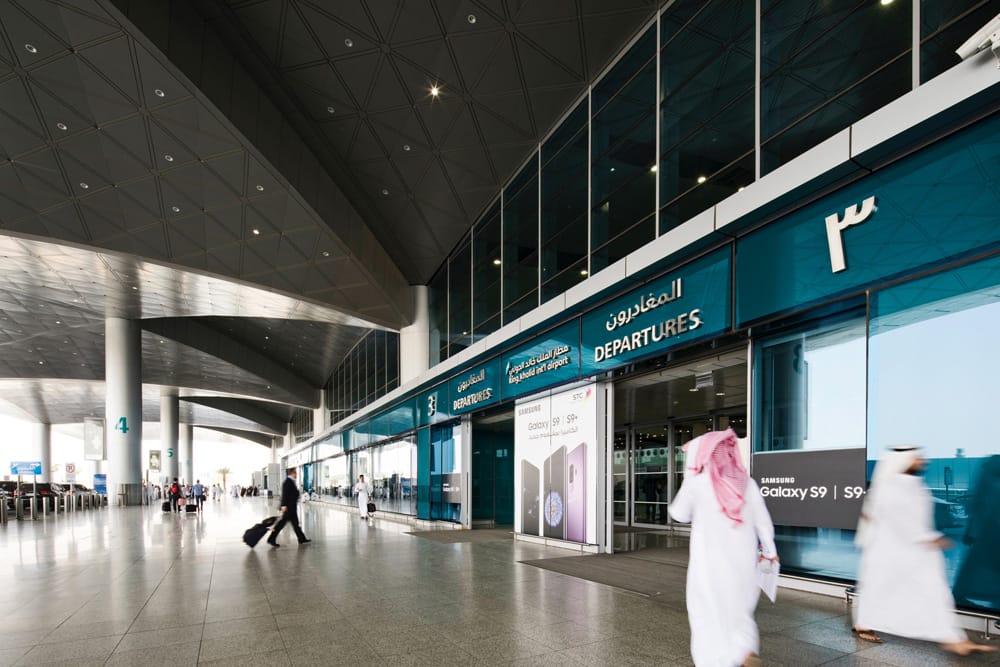- Air finance
- Airline
- Airports
- Ascend Consultancy
- Industry trends
Middle East aviation: Key market insights from latest outlook
Discover the latest Middle East aviation market insights, including 6% growth rates, $200B aircraft backlog, and strong profitability trends shaping the region.
The Middle East aviation sector continues to outpace global growth trajectories, with compelling data revealing the region’s expanding influence on international aviation markets. Recent analysis of regional performance metrics demonstrates sustained momentum across multiple indicators, positioning Middle Eastern carriers as significant drivers of global aviation recovery and future expansion.
Watch the Middle East Market Outlook
Market share and growth trajectory
The Middle East represents approximately 6% of the global aviation market by multiple measures. According to Cirium’s global Schedules data, the region accounts for 6.1% of total global scheduled capacity, while the passenger fleet in service represents 6.2% of the worldwide total.
However, the region’s growth rate significantly outpaces global averages. Since 2010, Middle Eastern capacity has grown at 5.7% compound annually, compared to the global rate of 4%. This growth momentum continues into 2025, with Middle East international traffic expanding at 6% for the first five months of the year, ahead of the total market’s 5.8% growth.
Fleet development and investment pipeline
The region’s fleet expansion tells a particularly compelling story. Middle Eastern single-aisle fleet development has surged more than 35% since July 2019, dramatically outperforming the global development rate of approximately 15%. Twin-aisle passenger fleets have similarly outperformed, growing nearly 3% above 2019 levels while global twin-aisle fleets remain around 2% lower.
Three major markets – UAE, Saudi Arabia, and Qatar – each maintain aircraft backlogs exceeding 100% of their current installed fleets. The total regional backlog encompasses approximately 1,615 aircraft scheduled for delivery through 2035, representing roughly $200 billion in 2025 economic conditions.
Financial performance strength
Middle Eastern airlines have demonstrated exceptional profitability recovery. While representing 6% of global fleet capacity, the region contributes more than 12% of total global airline profits. IATA projects the region will generate $5-6 billion of the estimated $36 billion in global airline net profits for 2025.
This financial strength has enhanced the region’s creditworthiness with lessors. Operating lessors manage approximately 50% of single-aisle aircraft and 40% of twin-aisle aircraft in the region, with the higher twin-aisle leasing percentage indicating lessor confidence in Middle Eastern airline credit quality.
Environmental considerations
The region faces sustainability challenges that require attention. Despite representing 6% of the global fleet, Middle Eastern airlines generate approximately 10% of global aviation emissions, primarily from twin-aisle operations. This intensity reflects the region’s role as a major connecting hub for long-haul international travel.
As the industry moves toward net-zero commitments, replacing current-generation aircraft with more fuel-efficient models like the 777-9, 787, A350, and A320neo family will be crucial for reducing the region’s emissions intensity.
Looking ahead
Cirium’s Schedules data projects Middle Eastern regional capacity growth between 5-10% on a year-over-year basis through the remainder of 2025, maintaining the region’s position above global growth trends. This projection aligns with the substantial aircraft delivery pipeline required to absorb the significant backlog.
The region has also established itself as a growing center for aircraft leasing, with two companies now ranking among the world’s 25 largest lessors by fleet value. This development reflects recognition of operating leasing as an efficient aircraft financing method and suggests continued growth in this sector.
These insights underscore the region’s continuing evolution as a critical global aviation hub, supported by strong financial performance, significant investment commitments, and strategic positioning in international connectivity markets.
Watch the Middle East Market Outlook in full.


































































